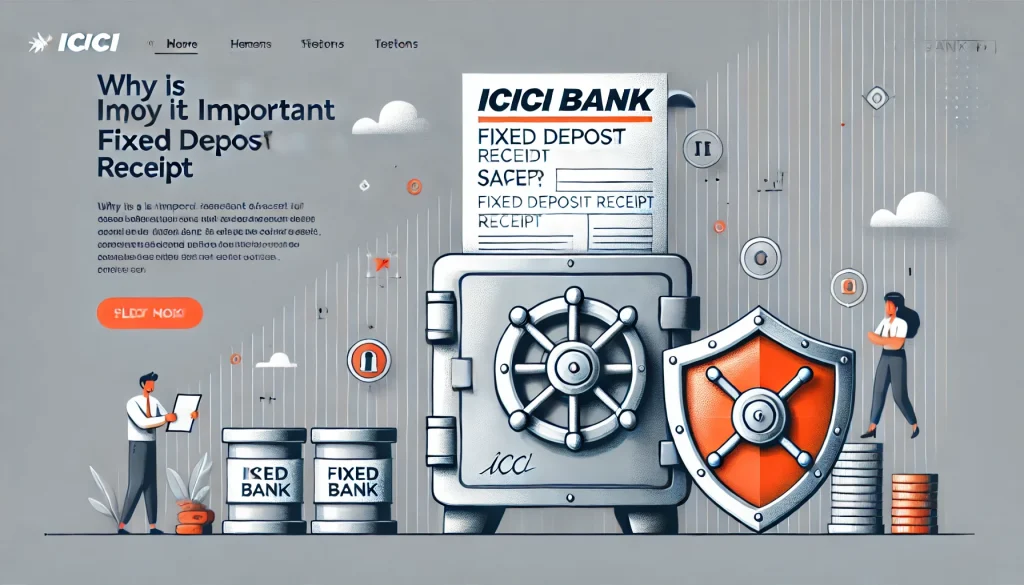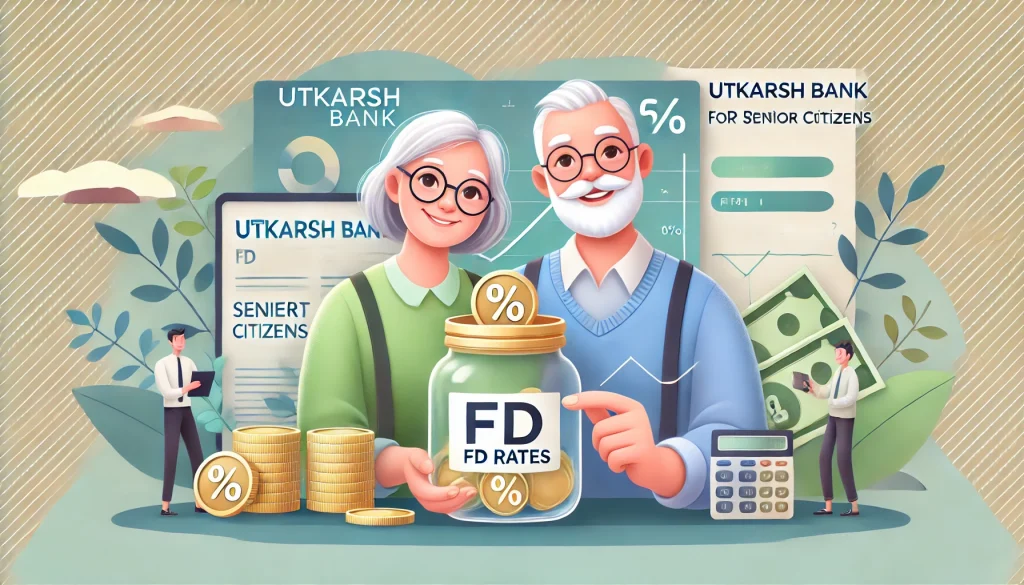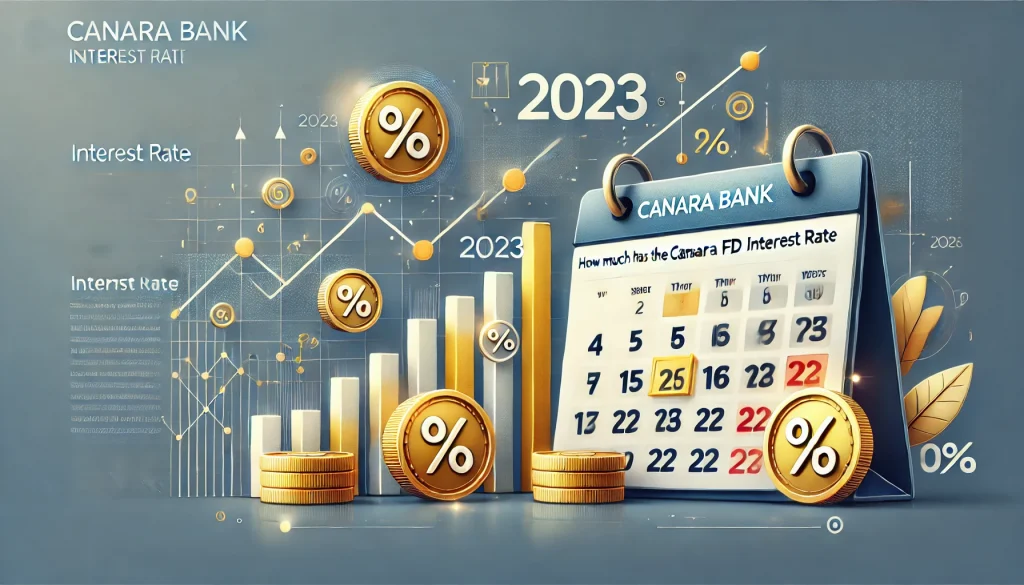
Fixed deposits (FDs) are a popular investment option banks, and financial institutions offer. They provide a secure way to invest your money and earn a fixed interest rate over a predetermined period. Fixed Deposits provide several benefits, such as guaranteed returns, capital protection, and ease of investment. However, once you commit to an FD, breaking it before the maturity date can lead to financial penalties, known as FD breaking charges. In this article, we will explore the concept of fixed deposit breaking charges, how they impact your savings, and provide tips to minimise these charges.
Whether you’re new to fixed deposits or a seasoned investor, understanding the costs of breaking an FD can help you make informed financial decisions. So, let’s dive in and explore the world of FD-breaking charges!
What is FD Breaking Charge?
FD breaking charges refer to the fees levied by banks or financial institutions when you prematurely withdraw your funds from an FD. These charges are meant to compensate the bank for the interest they lose due to the early withdrawal. Fixed Deposit breaking charges can significantly impact your overall returns, reducing the amount you receive upon withdrawal.
Factors Affecting FD Breaking Charges
Several factors influence the amount of breaking charges on an FD you may incur. Some common factors include the
- interest rate differential
- the remaining tenure of the FD
- the original deposit amount, and
- the bank’s policies
Knowing these factors is essential to estimate the potential charges before breaking your FD.
How to Calculate FD Breaking Charges?
Calculating breaking charges on FD can be a complex process involving various variables. Banks typically have their formulas or guidelines to determine these charges. It’s advisable to check your bank’s terms and conditions or contact their customer service to get accurate information on how they calculate breaking charges on your FDs.
However, you can always use the FD breaking calculator to calculate the extra charges you would be paying in case you decide to break your Fixed Deposit.
Tips to Minimize Fixed Deposit Breaking Charges
While breaking an FD may sometimes be unavoidable, there are strategies you can employ to minimise the impact of these charges. Here are a few tips to consider:
- Plan your investments carefully: Conduct thorough research and choose an FD that aligns with your financial goals and liquidity needs.
- Opt for shorter tenure FDs: Selecting FDs with shorter tenures can reduce the potential for breaking the deposit before maturity.
- Maintain an emergency fund: Having a separate emergency fund can help you avoid the need to break your FDs in times of financial urgency.
- Explore loan options: Consider taking a loan against your deposit instead of breaking an FD. This way, you can access funds without incurring breaking charges.
- Negotiate with your bank: Banks may be willing to waive or reduce the breaking charges on FD. It’s worth having a conversation with your bank to explore such possibilities.
Alternatives to Breaking FDs
If you find yourself in a situation where breaking your FD is inevitable, it’s essential to consider alternatives that may minimise the impact on your savings. Some alternatives include:
- Premature withdrawal penalty negotiation: Speak to your bank and try to negotiate a lower penalty amount or seek an exemption.
- Partial withdrawal: Instead of withdrawing the entire FD amount, consider withdrawing only a portion to meet your immediate needs.
- Loan against FD: As mentioned earlier, taking a loan against your FD can provide access to funds without fully breaking the deposit.
- Liquid funds or other investments: Explore other investment options that offer higher liquidity and flexibility, such as liquid funds or short-term investments.
Impact of FD Breaking Charges on Returns
FD breaking charges can significantly affect the overall returns on your investment. The higher the charges, the lower the amount you receive upon breaking the FD. It’s crucial to evaluate the impact of these charges on your financial goals and consider alternatives that align with your investment strategy.
Importance of Research and Planning
Conducting thorough research and planning your investments carefully is crucial to avoid unexpected financial penalties. Consider factors such as liquidity requirements, tenure, interest rates, and potential FD-breaking charges. By being well-informed and proactive, you can make smarter investment decisions and safeguard your savings.
Conclusion
In conclusion, Fixed Deposit breaking charges can substantially impact your fixed deposit returns. Understanding the terms and conditions of breaking an FD is essential before making any decisions. Following the tips mentioned in this article and exploring alternative options can minimise the impact of FD breaking charges on your savings and achieve your financial goals more effectively.


